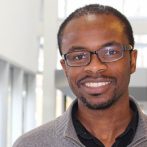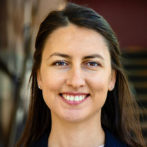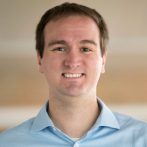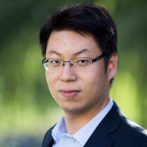The ME department is pleased to welcome Xun (Ryan) Huan, David Kwabi, Serife Tol, and Aaron Towne, who are joining the faculty as assistant professors.
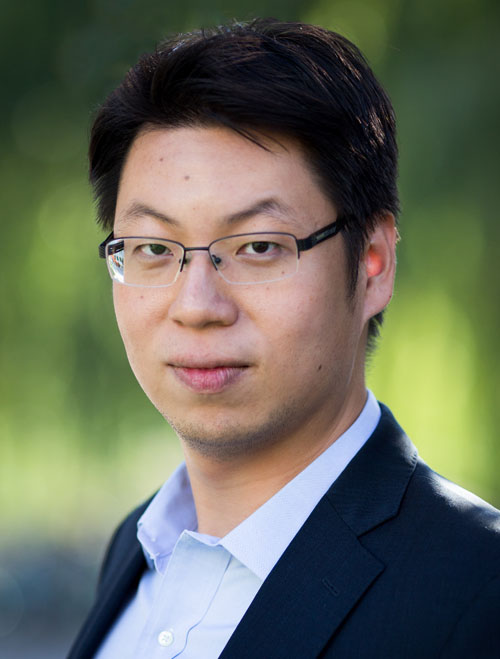 Xun (Ryan) Huan
Xun (Ryan) Huan
Huan earned his PhD in computational science and engineering from the Massachusetts Institute of Technology (MIT). He has worked as a postdoctoral researcher at Sandia National Laboratories in California. His research interests broadly revolve around computational methods for uncertainty quantification, decision-making under uncertainty, data-driven modeling, and optimization for engineering applications.
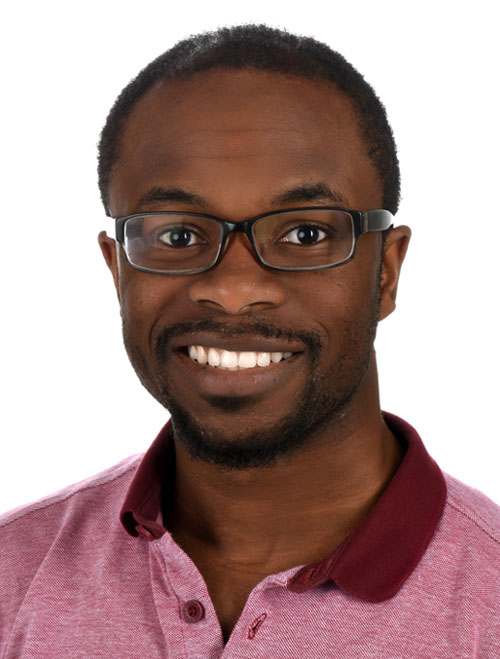 David Kwabi
David Kwabi
Kwabi obtained his PhD in mechanical engineering from the Massachusetts Institute of Technology (MIT) and has worked as a postdoctoral fellow at Harvard University. His research interests include electrochemical reactions in non-aqueous metal-O2 as well as combining electrochemical and in situ spectroscopic techniques to characterize organic redox flow batteries.
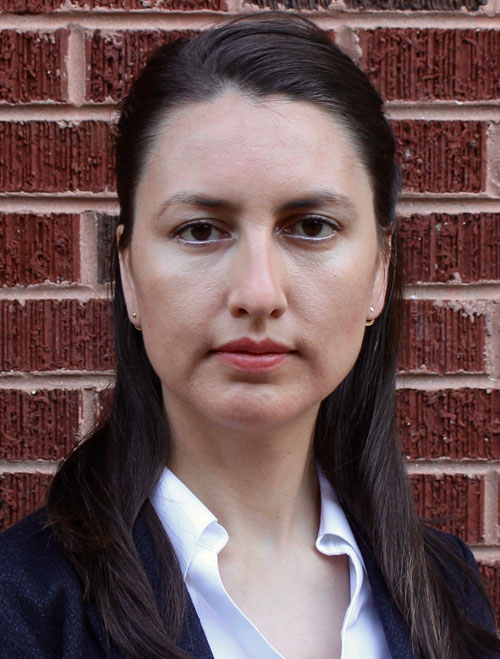 Serife Tol
Serife Tol
Tol received her PhD from the G.W. Woodruff School of Mechanical Engineering at Georgia Tech. She has worked as a visiting scholar at the University of Illinois at Chicago where she focused on improving sensing in nondestructive testing by wave focusing via graded metamaterials on curved surfaces. Her research interests include smart structures, electromechanical systems, vibrations, elastic wave propagation, and metamaterials.
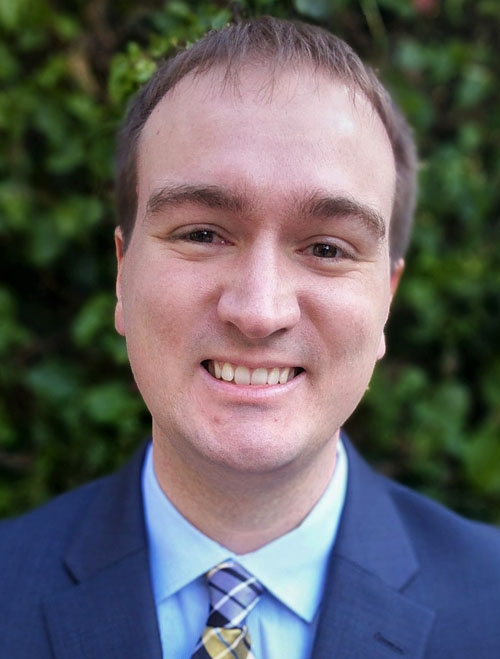 Aaron Towne
Aaron Towne
Towne earned his PhD and MS in mechanical engineering from the California Institute of Technology. He has worked as a postdoctoral fellow in the Center for Turbulence Research at Stanford University. His research develops low-cost mathematical and computational models that can be used to understand, predict, and control the turbulent flow of fluids in various engineering systems. His work draws on ideas from classical fluid mechanics, dynamical systems and controls theory, and data analytics and mining to extract and model the underlying structure within these chaotic systems.
